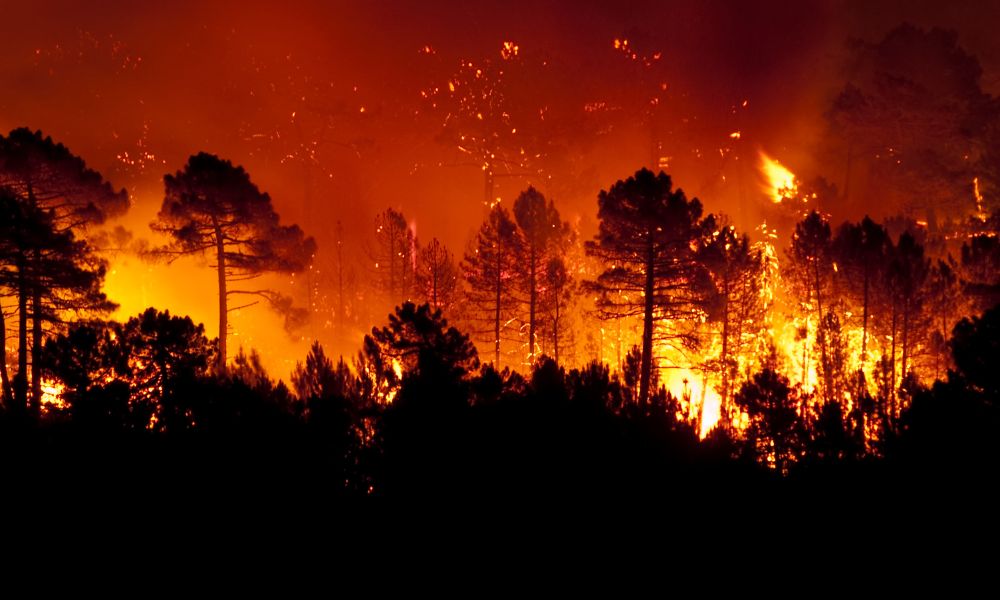WILDFIRE SEASON NOW A YEAR-ROUND RISK FOR INSURERS
Source: insurancebusinessmag.com
The traditional concept of wildfire season is becoming obsolete as major fire events now occur throughout the year, according to Gallagher Re’s latest report, World on Fire 2025.

The study finds that urban expansion, climate change, and land use changes are contributing to the increasing frequency and severity of wildfires, altering risk exposure for insurers and businesses worldwide. Climate change made these events twice as likely and 15% more intense.
In January, California experienced fast-moving fires in the Los Angeles area, which burned 56,834 acres, destroyed 16,251 structures, and caused 30 fatalities. The insured losses are estimated to reach US$40 billion, making it the most expensive wildfire event recorded for the insurance sector.
In March, South Korea faced a series of fires that burned 256,989 acres in one week, resulting in 32 deaths and destruction of up to 5,000 properties.
Wildfires in 2025 have not been confined to summer months. Steve Bowen, chief science officer at Gallagher Re, described the emergence of significant fires during winter as abnormal, stating that communities and businesses are now dealing with wildfire as a year-round hazard.
In the US, wildfire-related damages since 2015 have totaled over US$111 billion. Of the 19 billion-dollar wildfire events recorded, 15 occurred in the past decade. The mounting losses have impacted insurer profitability, with carriers reassessing capacity and applying tighter underwriting criteria in areas identified as high risk.
Beyond direct property damage, wildfires are also producing secondary effects such as air pollution, supply chain interruptions, tourism loss, and infrastructure damage. Utility companies in wildfire-prone regions have been conducting preemptive blackouts to mitigate liability, though such outages can disrupt emergency responses and business operations. Ian Giammanco of the Insurance Institute for Business and Home Safety noted that restoring power is essential to recovery efforts, suggesting the need for more resilient energy infrastructure.
Gallagher’s US property managing director, Martha Bane, said that granular property data can help influence underwriting decisions for assets in wildfire zones. Commercial properties and businesses are adopting mitigation efforts, including fire-resistant construction materials, maintaining defensible spaces around structures, and developing contingency plans to maintain operations during wildfire disruptions. The expansion of the wildland-urban interface, which has grown by 40% in California, is placing more urban areas at risk.
Insurers are increasingly utilizing data analytics and third-party risk scoring tools to evaluate wildfire exposure. Proposals from the California Department of Insurance seek to formalize the use of catastrophe models in pricing, though wildfire modeling remains in its early stages. The insurance sector continues to track these developments closely, balancing exposure management while supporting clients’ resilience efforts.


